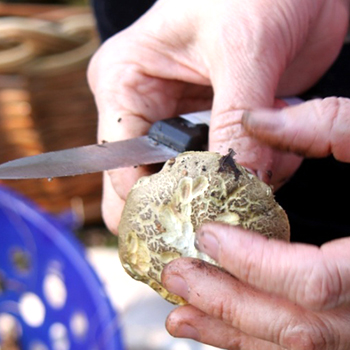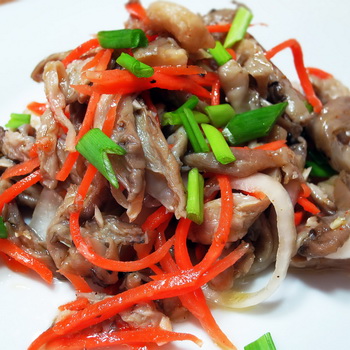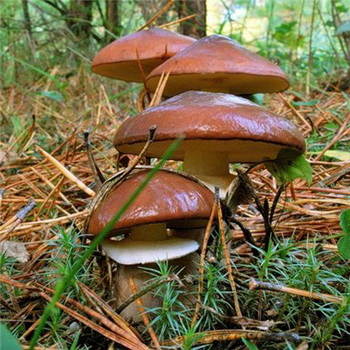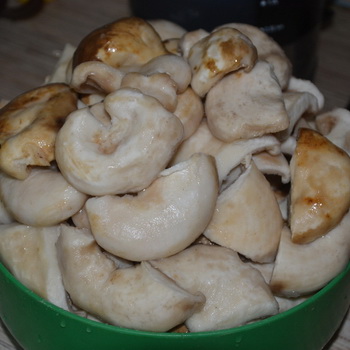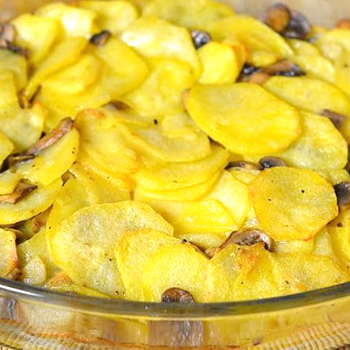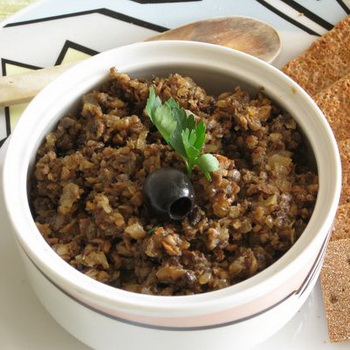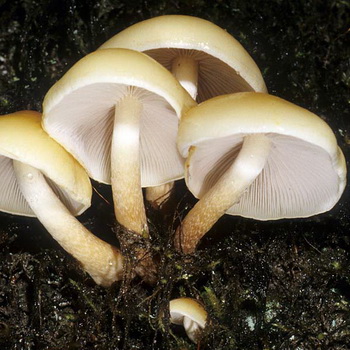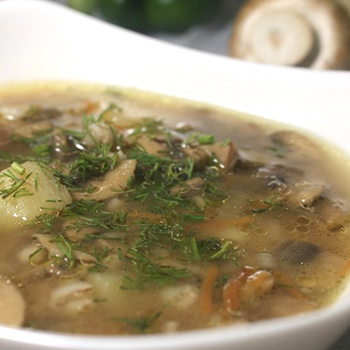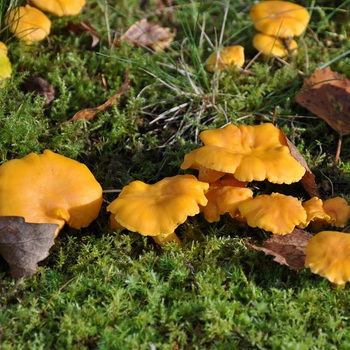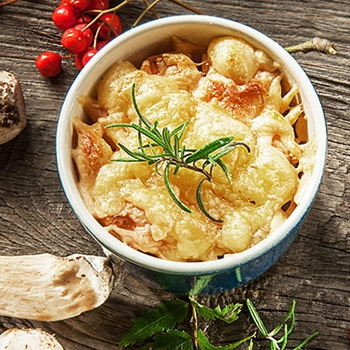Chaga birch: description and medicinal properties

Chaga birch (Inonotus obliguus) - This is one of the varieties of tinder fungus. Just like the original form, chaga lives on trees (mainly on birches, but, despite the name, Inonotus obliguus can be found both on alder and linden). Due to its characteristic appearance and rich black color, this mushroom is difficult to confuse with any other fruiting bodies.
Chaga birch has extremely useful properties. In the summer, it grows together with the base - the tree on which it grows, and it is rather difficult to extract it. In winter, at subzero temperatures, the chaga mass exfoliates from the parent trunk, and therefore it is much easier to extract it. This property is used by mushroom pickers. At the same time, it is noted in the literature that the beneficial and medicinal properties of chaga in birch winter not only do not deteriorate, but even improve.
Description of birch chaga

The fruiting body of Inonotus obliguus goes through two stages of development. At the first stage, chaga is an outgrowth, or nodule, ranging in size from 5 to 30 cm, of an irregular spherical or convex shape, with tuberous irregularities and cracks. After the death of the tree, the chaga does not grow and the second stage of development begins, when on the opposite side of the trunk, first, under the bark, a prostrate fruit body, up to 3 0-40 cm wide and up to 3 m long, with a tucked edge of a woody brown or brown color develops. Ripening, the mushroom destroys the bark, and after spraying the spores darkens and dries up.
Birch chaga looks like many other tinder fungi: the flesh is dense, woody, dark brown, brownish in color with veins, odorless.
Good outgrowths of chaga are dense; when sawing, 3 layers can be distinguished in them: the outer one is black, bumpy and cracking, the middle one is brown, very dense, granular at the fracture (this is the main mass of the chaga to the trunk) and the inner one is loose, spreading deep into the trunk.
As you can see in the photo, the surface color of the birch chaga mushroom varies from dark brown to black:



Similar species. According to the description of the fruiting body, Chaga is similar to Daldinia concentrica, which is distinguished by its spherical shape, external luster and small size.
Chaga can be harvested throughout the year. However, it is better and more convenient to do this in late autumn, winter and early spring, when the trees have no leaves and are clearly visible. In addition, at this time, the content of biologically active substances in the mushroom reaches a maximum. The growths on living, not yet fallen trees are chopped off with an ax near the birch trunk, then the inner loose part is cleaned off (it is discarded) and pieces of bark and wood adhering to them are removed.
The collected chaga is cut into pieces of 3-6 cm, dried in well-ventilated rooms, under a canopy or in dryers at a temperature not exceeding 50 ° C. Store in a dry place, as the prepared raw materials easily damp and mold. Shelf life - no more than 3-4 months.
See what birch chaga looks like in these photos:



Habitat: on the trunk of a birch, linden or alder.
Season: all year round.
There are types of mushrooms that improve their beneficial properties in winter. These include birch chaga. In addition to the effect of hardening in frost, another effect is manifested - stratification and facilitation of collection for some species, which is why it is recommended to collect birch chaga in winter: in warm weather it grows together with the base of the tree and it is very difficult to separate it, and at negative temperatures it exfoliates and tear off significantly easier;
The main healing properties of birch chaga

Chaga has many medicinal properties. The main ones are as follows:
- According to the chronicle of the XI century, a tumor on the lip of the Grand Duke Vladimir Monomakh was cured with a decoction of chaga.It has now been found that chaga does not kill cancer cells on its own, but improves the condition of patients and reduces pain. In the early stages of cancer, tumor growth can be stopped.
- During its growth, chaga accumulates many substances in the form of a chromogenic complex. These substances have a stimulating and tonic effect.
- The beneficial properties of the chaga birch mushroom are also in the fact that it has a symptomatic effect, soothes pain, improves well-being, reduces pain, and increases the body's defenses.
- Those who take a decoction of chaga have an appetite, sleep improves, and bowel function is normalized.
- Another method of application is the treatment of polyps of the stomach and intestines, cancer of the stomach and other organs well supplied with blood, especially when surgery, chemotherapy and radiation therapy are unacceptable.
- Chaga is used to make medicines for the treatment of gastric ulcer and duodenal ulcer, gastritis.
- The decoction is used to calm the nervous system and to improve performance.
- Chaga powder is used to improve the growth of piglets and increase the weight of adult animals.
- Since ancient times, in folk medicine, chaga decoction has been used to treat female and male diseases.
- Research conducted by the I. Pavlov 1st Leningrad Medical Institute proved that due to its high medicinal properties, birch chaga promotes an increase in redox processes in tissues, has a general strengthening and tonic effect on the central nervous system, relieves various exacerbations, and normalizes acid and enzyme-forming function of the stomach and duodenum, restores the function of cholinergic nerves.
- The drug "Befungin" and others are produced from chaga. These drugs are used in the treatment of malignant tumors as an adjuvant, along with other drugs and treatments.


